Fondazione Prada It presented by 18 March 28 August 2016 “The image stolen”, a group exhibition curated by artist Thomas Demand. Set in a allestitivo environment designed by the sculptor Manfred Pernice, The exhibition occupies two floors of the North gallery of the Milan office. The press preview will be held on Thursday 17 March from hours 9 to 12.
“The image stolen"It includes more than 90 works done by well 60 artists from 1820 a oggi. The intent of Thomas Demand is to investigate through the show the ways in which all of us we appeal to existing models and how artists have always made reference to the previous iconography to create their own works. Exploring the limits between originality, conceptual inventions and dissemination of copies, "The image volleys" focuses on theft, the notion of the author, the appropriation and the creative potential of this research.
The exhibition presents three possible directions of investigation: the physical appropriation of the object or its absence, subtraction relative to the image rather than a concrete object and, finally, the act of theft through the picture itself. The exhibition has been conceived as an exploration of these unconventional themes, addressed by following an empirical approach. Rather than an encyclopedic survey, "The image volleys" offers an unexpected perspective in a journey of discovery and artistic research.
In the first section photographs are collected, paintings and films in which the object stolen or missing becomes a body of the crime or the crime scene. There are works that draw more directly the criminal imagination, as the complaint framed by Maurizio Cattelan – Untitled (1991) – following a theft of a work intangible, o Stolen Rug (1969), a Persian rug stolen at the request of Richard Artschwager for the exhibition "Art by Telephone" in Chicago. It presents works that evoke the absence, result of theft, come la tela di Adolph von Menzel Frederick the Great on trips (1854), mutilated to obtain smaller portraits. Other jobs, instead, They are based on a process of alteration of pre-existing art, come Richter model (interconti) (1987), a painting by Gerhard Richter turned into a table by Martin Kippenberger and Origami Unfolded (2016) Pierre Bismuth which realizes a new work from the original poster of Daniel Buren. This work will deepen the notion of author control over their work.
In the second part of the exhibition analyzes the logic of appropriation within the creative process. It starts from the idea of counterfeiting and forgery, exemplified by the notes reproduced by hand by the forger Günter Hopfinger, then explore the nearby practice the so-called Appropriation Art. In Duchamp Man Ray Portrait (1966) Sturtevant, eg, reenacts the photographic portrait of Marcel Duchamp made by Man Ray, replacing both the author is the subject of the photograph. Other artists push the logic of counterfeiting to the limit, up to steal the identity of another artist. Other works are the result of alterations of works or existing images such as défiguration Asger Jorn or the Wangechi Mutu collage, including medical illustrations and anatomical drawings, and artists like Haris Epaminondas, Alice Lex-Nerlinger and John Stezaker that, in their work, incorporate postcards, frames or archival images. Other authors such as Erin Shirreff and Rudolf Stingel achieve their paintings or videos using as source a photographic reproduction of a work of art of the past.
This section continues with a series of works in which artists borrow the visual element from another medium or language, or carry out an act of de-contextualization of the image. Thomas Ruff in jpeg ib01 (2006) alters an image extracted from the web, Anri Sala in Agassi (2006) explores the potential of the medium of film to reveal hidden temporal dynamics, Guillaume Paris nel video Fountain (1994) proposes looped a short sequence of the animated film Pinocchio (1940). The exhibition on the ground floor of the North gallery also includes sculptural works of Henrik Olesen and new works by Sara Cwynar, Mathew Hale, Oliver Laric e Elad Lassry.
The third part of the exhibition is located on the basement level of the North gallery, used for the first time as an exhibition space. The latter subversive section "The image volleys" addresses the issue of the production of images that, by their very nature, reveal hidden aspects of the private or public plan. John Baldessari installation video Blue Line (Holbein) (1988) It inserts a hidden camera that reproduces images stolen the public in an adjacent space, questioning the very role of the viewer. Sophie Calle in The Hotel series (1981) It combines in his research the private and artistic side, revealing intimate details of the lives of unknown people. A core of the work develops a reflection on the public plan or overtly political. Christopher Williams in SOURCE… (1981) reveals unofficial perspectives in institutional communication, selecting from a public archive four photographs of John Fitzgerald Kennedy portraying US President from behind and this time judged unfit to be spread. In the Americas II photographs, Bahamas Internet Cable System (BICS 1) e Globenet (2015) Trevor Paglen exposes the material infrastructure of mass surveillance, documenting the Interoceanic system of submarine cables that transmit sensitive data. The third section concludes with an exhibition in the exhibition, edited by an important industrial designer. It meets real spy devices used by the DDR and the Soviet Union to control its citizens: technological tools capable of breaking the barriers of the private dimension, selected for the beauty of their rational design that anticipates what the computers and the smartphones of today.
“The image stolen"It is accompanied by an illustrated publication edited by the Prada Foundation, which includes unpublished stories by Ian McEwan and Ali Smith, saggi in Russell Ferguson, Christy Lange e Jonathan Griffin e interventi di Rainer Erlinger e Daniel McClean.
Fondazione Prada – Milan | "Stolen Image" | 18 March – 28 August 2016
Fondazione Prada – Milan: "Stolen Image"
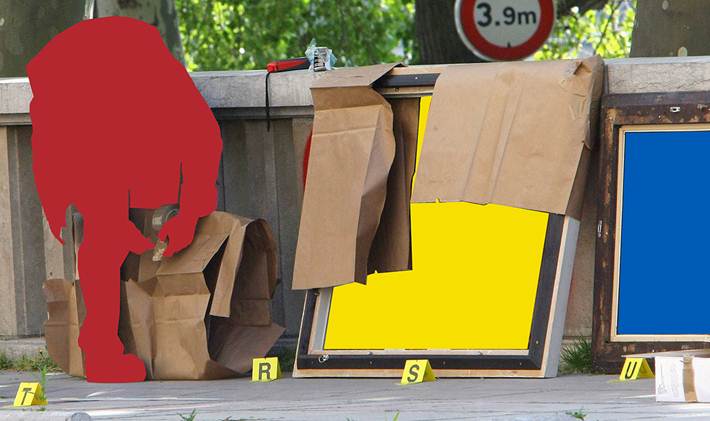


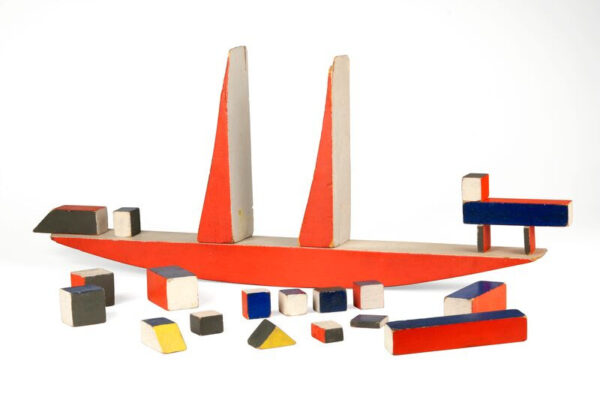
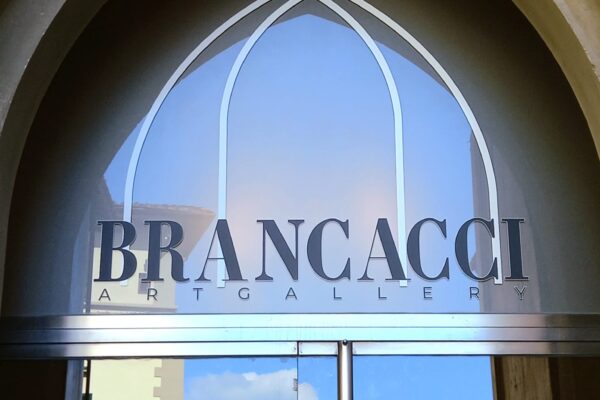

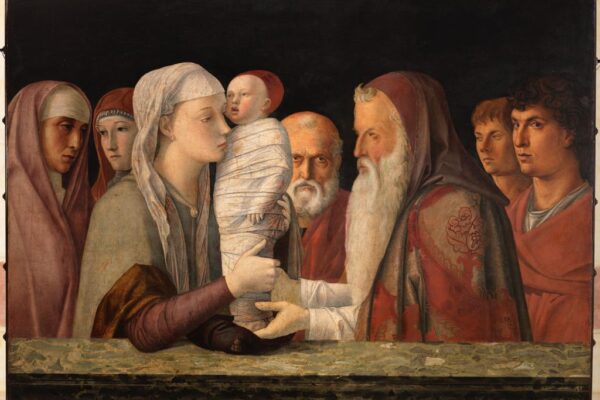

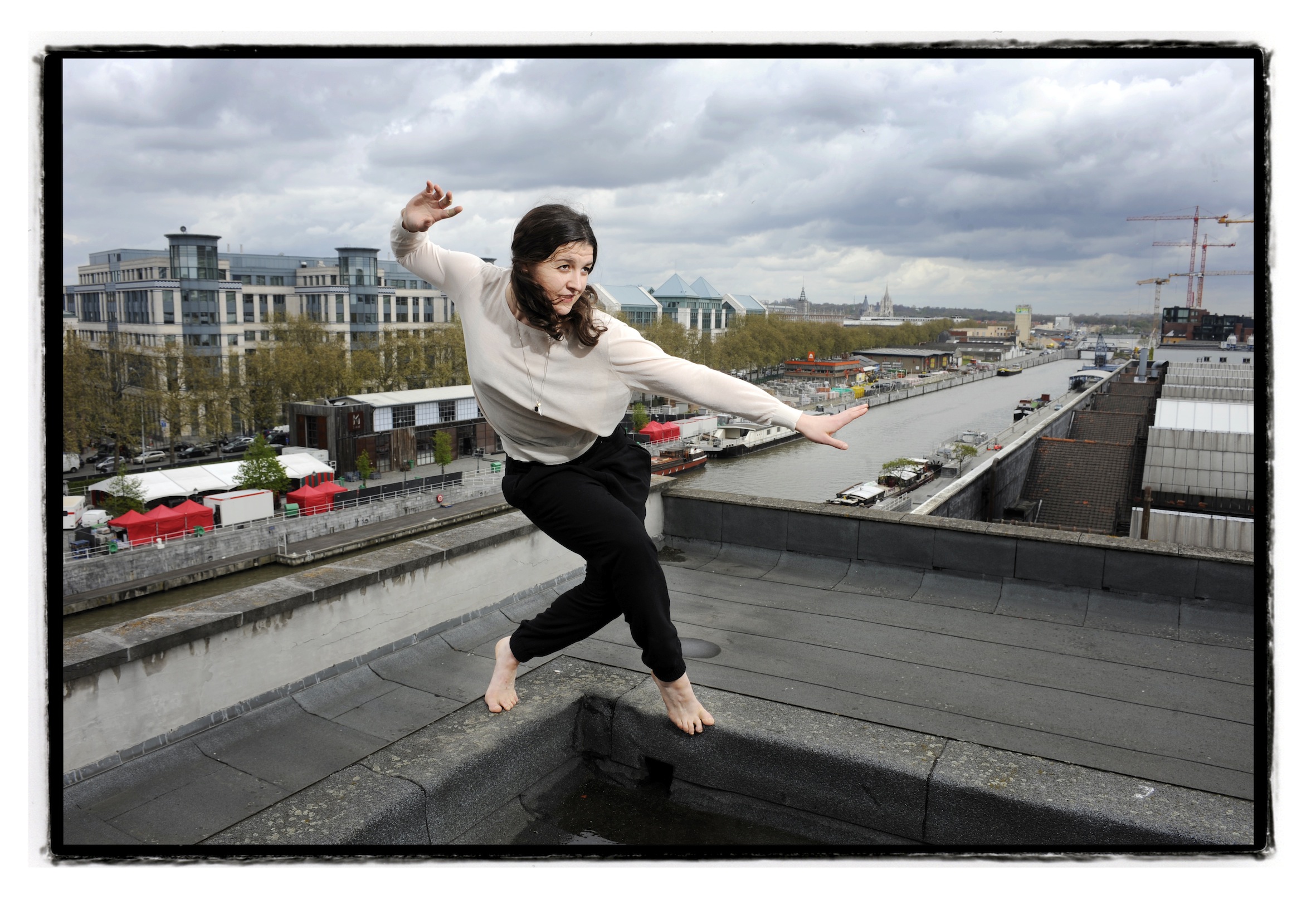
Leave a Reply